Long An province, with its terrain stretching across three distinct ecological zones, has inspired major themes in television production. From the Dong Thap Muoi (DTM) floodplain in the North to the saline-inundated area in the South, and the industrial-urban area in the Northeast of the province, each place is a vivid scene for the cameramen about the life and work of the people. But perhaps, DTM, especially in the flood season, is still a land of hard work but also full of fascination for the television industry.
Boats and boats
In the late 1990s and early 2000s, the modern National Highway 62 was just a small, narrow, and muddy red gravel road. To travel from Tan An to the northern flood-prone districts such as Moc Hoa and Vinh Hung, most people had to rely on waterways, mainly passenger trains along the Vam Co Tay River.
Old ferry (passenger ship) (Photo: Duy Khoi)
Since the early 1980s, the Quyet Thang Passenger Ship Cooperative was established, replacing the previous state-owned Thong Nhat fleet. With nearly 30 ships operating on the river, the Tan An - Moc Hoa - Vinh Hung waterway has become the lifeline of the Mekong Delta region. Locals often call it "Quyet Thang ship", with a shape of about 20-30m long, 3-4m wide, with a roof covering from the bow to the stern, leaving only a blank section in front. The bow of the ship is painted red and has painted eyes that look very lively and soulful.
For the cameramen, having the opportunity to work from the bow of the ship is an experience like no other. When the ship glides on the river at a steady speed, the coastal scenery such as fields and gardens, thatched roofs hidden behind sparse areca trees, rows of tall and short trees along the river take turns passing through the lens,... creating a very deep "traveling" effect, a visual specialty that other than today's flycam perspective, no other means of transport at that time could replace.
The scenery along the DTM river is always so attractive that the amount of video tapes "burned" so quickly that the crew had to calculate carefully so as not to run out of tape in the middle of filming when in remote areas with no additional sources.
Dong Thap Muoi people are affectionate
A working week usually only had enough time to do one or two reports, because travel time took up almost half of the schedule. And back then, the pressure to broadcast was not as high as it is now. A report was scripted, fieldwork, post-production,... sometimes it took a whole month to have a broadcast schedule. There were also no quick trips in a day like today, when going, it was certain to stay in the area for many days. That's why it is said that "television lived slowly" back then!
From Tan An, "traveling the mountains and rivers" on the ship's deck to Moc Hoa took a day, and when arriving, most people still had to continue moving by boat, ferry or on foot. Working in the vast DTM area, spanning five to seven hundred thousand hectares of land with the weakest traffic infrastructure in the country, but when planning a trip, besides personal belongings, machinery, tapes, batteries,... it seems that no one planned for transportation.
Passenger train
There are reasons for all of this, because amidst the hardships and deprivation, the care and support of the local people and authorities is enough to make us confident in taking long trips. Many district officials do not mind taking the crew to film all day, while the people freely give us rides, even quit their jobs to pick us up and take care of our food and accommodation like family. Just knowing that it is a TV station, they will somehow want to invite us to their home to rest, or at least say: "It's early, come in for a drink and then go" or greet each other with the phrase: "Where are we going, filming? Have you eaten yet? It's noon, stay for dinner and let the kids take us to continue filming". It is not uncommon for us to have to close the camera while filming because we were pulled into "friendship" with a few bottles of rice wine. There is no distinction between strangers and acquaintances, no calculation of gains or losses, whenever guests come to our house, let alone us journalists, we are given a bit more favor.
The deeper we go into life, the more clearly we see the simple, generous and hospitable character of the DTM people. The human affection spreads, dispelling the fatigue of the long journey, temporarily forgetting the difficulties of transportation and somewhat alleviating the hardships and limitations of working equipment.
Anyone who has been away still cannot forget the way the DTM people greeted each other when saying goodbye, so simple yet sweet: "If you pass by, remember to stop by"! How different from the times of today, where every time pigs, chickens, fish, shrimps get sick or the rice crop fails, it is always because a TV station comes to film?!
Remember the flood season of 1999
In 1999, when National Highway 62 had only completed a few sections, the floodwaters suddenly rose after a few heavy rains. Upon receiving the news of the flood, we immediately set off on a weekend morning. My colleague and I rode a battered Cub 78, carrying twice as much tape as expected, along with enough excitement and determination for a promisingly arduous business trip, and headed to Moc Hoa.
But the flood was faster than expected. After one night, the water rose more than 6 inches, causing the Cub motorbike to stall on the Ba Hai Mang bridge. Surrounded by water, we were in a dilemma. The motorbike could no longer run when we returned, while the vivid images of the flood season kept urging us on. Continuing on in this situation seemed too risky.
Memories of flood season in Dong Thap Muoi (Photo: Duy Bang)
Luckily it was still early, the passenger train had not arrived yet. We quickly pushed the car nearly two kilometers to the My An Phuoc cable-stayed bridge in My An commune and hoped to catch the train in time. The old Cub motorbike that had not long before carried the mission of transporting a "television crew" working for a week in the flooded area had now become a burden. Because we could not take the shabby motorbike, which was certainly not able to operate in the flooded area, with us, but we could not leave it behind, while the train was about to arrive. At that moment, an uncle stepped out of a small house and started talking. Probably because of our appearance, as soon as he saw us, he seemed to understand the situation at that time: "How can you drive your car in this water? If you want to go, go to the middle of the bridge and catch the train. Let my family drive the car, we will come back in a few days and get it. But you have to hurry, the train is coming. There are a lot of passengers now, the upstream water will not wait for us." Indeed, just by meeting a kind person, all our difficult problems were solved in just a minute. Everything was still ahead, but with the kind uncle, our journey seemed to have become much lighter and smoother.
Closing an emotional journey
After nearly a week, the entire National Highway 62 was flooded, no road vehicles could pass. We continued to follow the local boat, hitchhiking to Cai Lay town ( Tien Giang province), then took a bus to Tan An.
But the story did not end there. The next day, when we returned to My An Phuoc bridge to get our motorbikes, the whole area was submerged in water, the roof of the house where we parked our motorbikes was about to be flooded. But the image inside the house was truly touching. The owner had temporarily moved, but our Cub motorbike was carefully hung up on the roof to avoid flooding. In the middle of the small house, which was almost flooded to the roof, we saw the vastness of a heart.
One trip, one week cannot fully recreate a period of journalism that was full of hardship but very exciting and emotional. The images and memories were very real, very journalistic, but now recounted, they are no different from fiction.
The photographers who used to "live slowly" with the VHS-M9000 generation of cameras are now replaced by a younger, more modern, faster and more professional generation of journalists with the PMW 200, Z190, Z280, etc. Just like the Quyết Thắng trains that once exclusively transported passengers back and forth between the market town and the countryside on the Vam Co Tay River have now given way not to old Cubs but to many modern means of transport, not only on the main roads but also to the small hamlets.
Flood season with affectionate people, arduous trips and films with limited technology but full of emotions, when television was an indispensable spiritual food for the people... that a generation of "slow living television" has gone through, although now it belongs to memory, is a part of history, but it is always the beginning, the foundation for modern television of the province to conquer new development goals in the future./.
Vo Van Huy
Source: https://baolongan.vn/nho-mot-thoi-truyen-hinh-song-cham-a197437.html


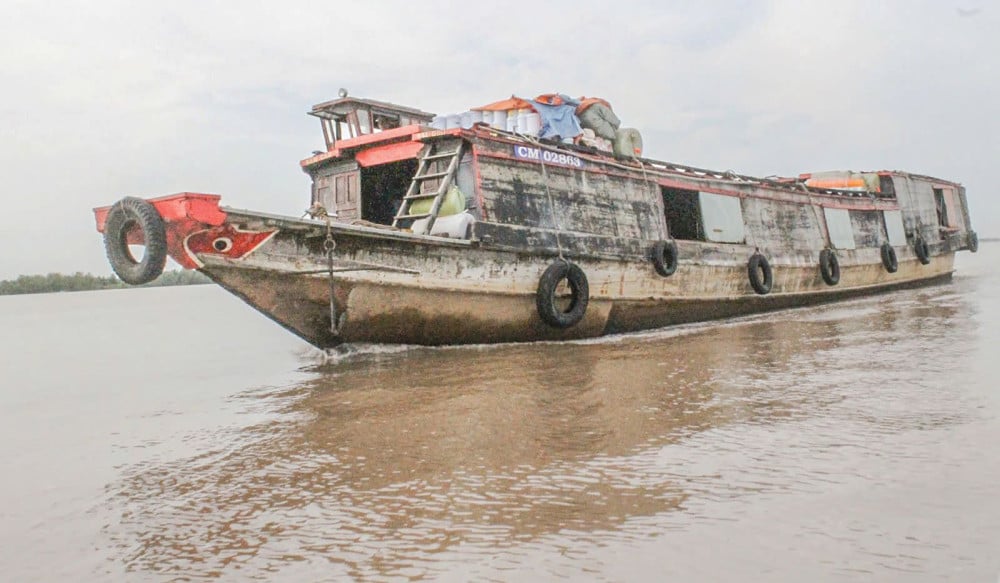
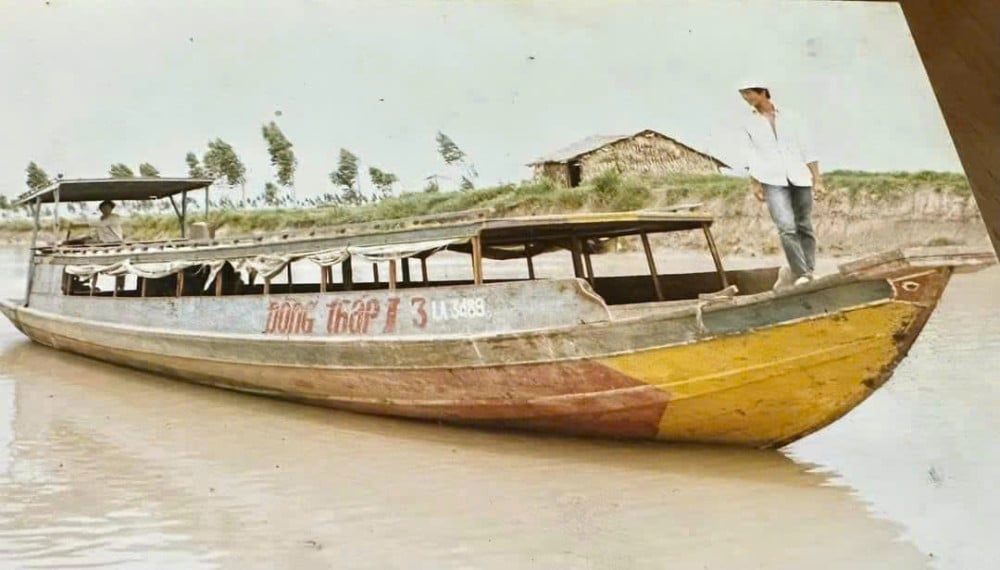
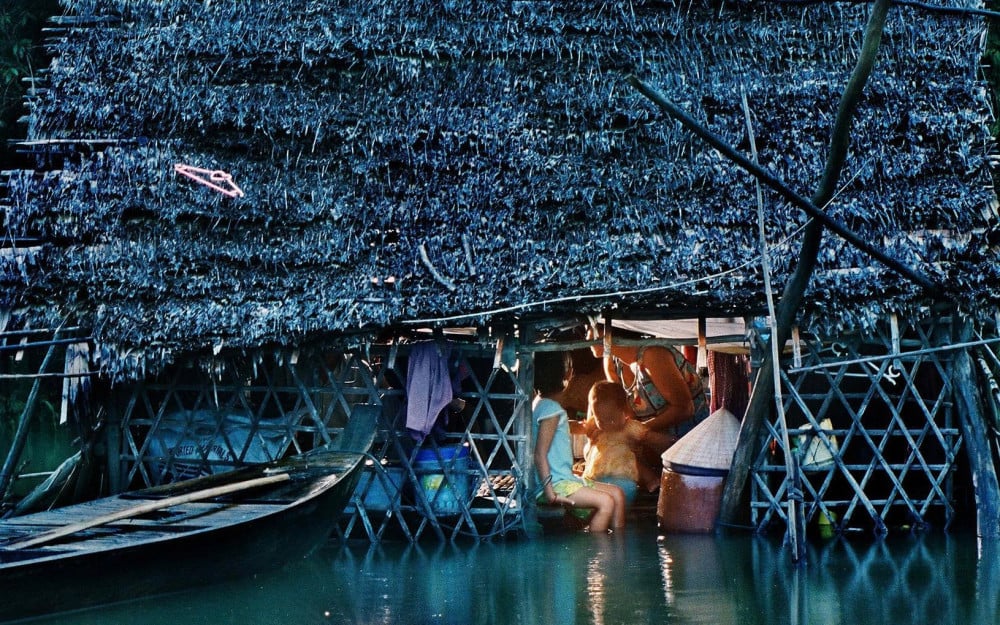






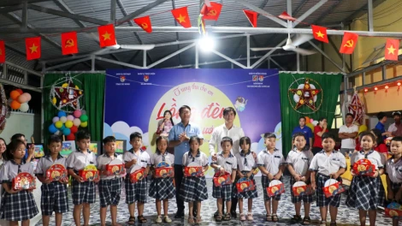

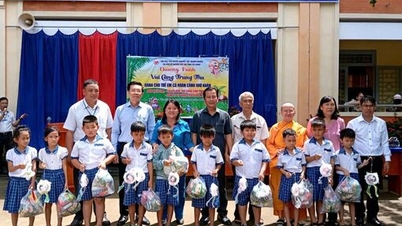
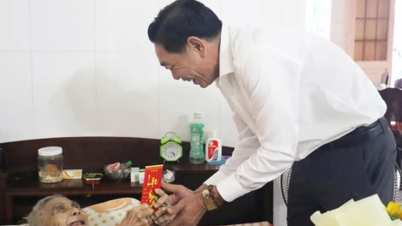







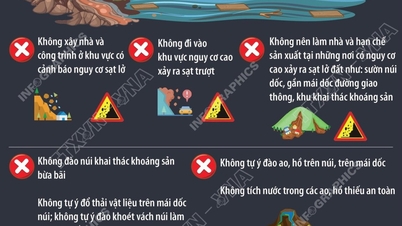

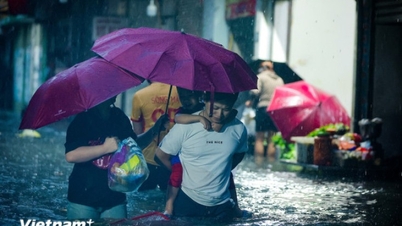
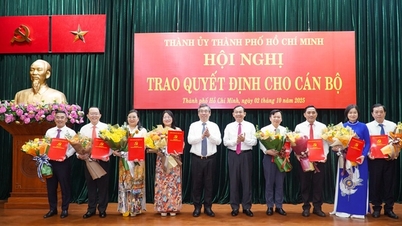

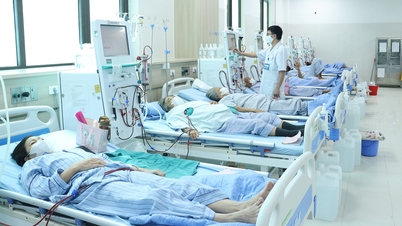

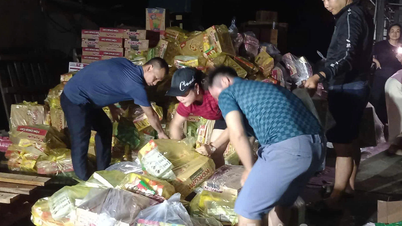





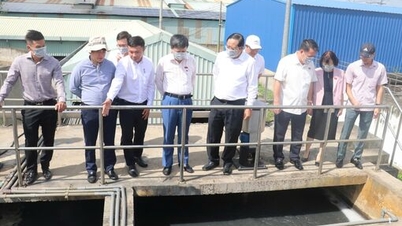

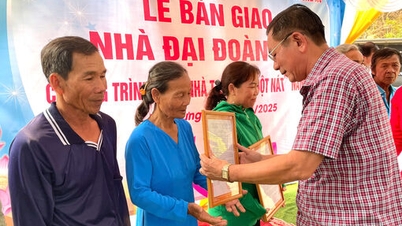
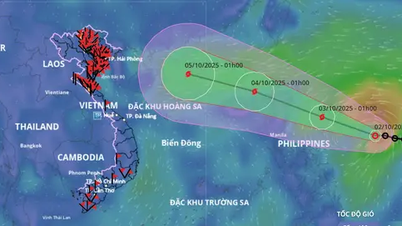

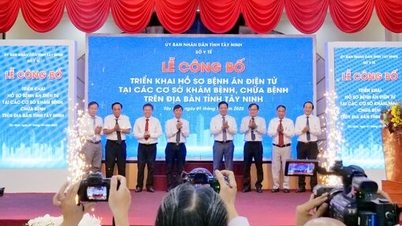

















































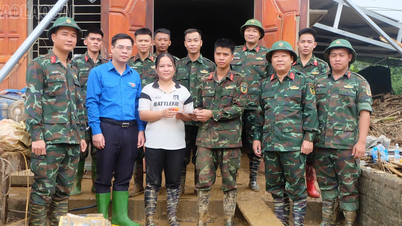



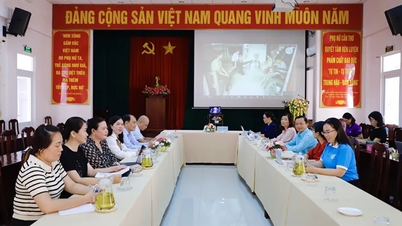

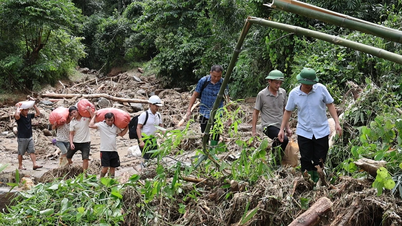
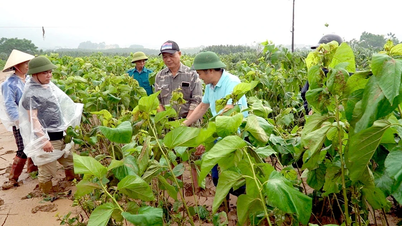












Comment (0)